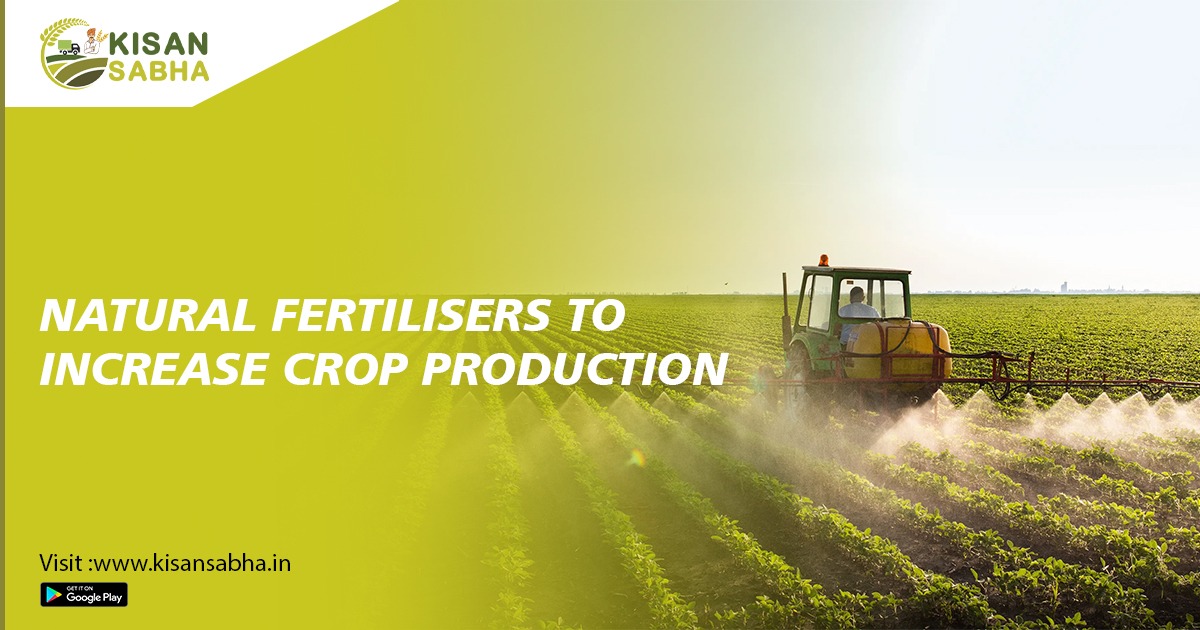As the world grapples with feeding a rapidly growing population amidst mounting environmental challenges, finding sustainable ways to enhance crop productivity becomes increasingly important. One promising approach involves utilizing natural fertilizers, which not only improve soil fertility and plant health but also minimize harmful impacts associated with synthetic chemical inputs. This article offers an extensive exploration of various natural fertilizer options available, their application methods, and best practices for integrating them into farming systems aiming to increase crop yields while prioritizing ecological stewardship and economic viability.
Understanding Natural Fertilizers
Natural fertilizers originate from organic matter sources such as plant residues, animal manures, compost, bone meal, rock phosphate, seaweed, and green manure cropping systems. Unlike synthetic fertilizers that deliver quick fixes through concentrated doses of essential nutrients, natural fertilizers release nutrients gradually over time, thereby encouraging sustained plant growth and reducing leaching losses. Furthermore, they foster microbial activity, enhance soil structure, promote water retention capabilities, suppress diseases, and support beneficial insect populations, all contributing to healthier soils capable of sustaining robust crop productions.
Popular Types of Natural Fertilizers
1. Manure: Livestock excreta serve as valuable nutrient providers, containing nitrogen (N), phosphorus (P), potassium (K), and micronutrients depending on feedstock composition. Common examples include chicken, cow, horse, pig, and sheep manure, each varying in concentration and availability of macronutrients. Proper handling, curing, and composting ensure optimal decomposition rates, reduce pathogen loads, and prevent unpleasant odors.
2. Compost: Derived from decomposing organic material, compost constitutes a rich source of humus, NPK, trace elements, and beneficial microorganisms. Suitable raw ingredients range from yard trimmings, vegetable scraps, coffee grounds, eggshells, leaves, sawdust, straw, hay, grass clippings, paper, cardboard, wood chips, and barnyard litter. When prepared correctly, compost improves tilth, moisture retention, aeration, and drainage properties of soils while providing slow-release nutrients benefiting long-term crop growth.
3. Green Manure Crops: Cover crops planted specifically to replenish soil nutrients upon termination act as another form of natural fertilization strategy. Leguminous species like clover, vetch, beans, lupines, and peas possess symbiotic Rhizobia bacteria capable of fixing atmospheric nitrogen, thus increasing available N pools following incorporation back into the soil profile. Moreover, green manure cover crops help control weeds, break disease cycles, reduce erosion, conserve moisture, and attract pollinators.
4. Bone Meal: Processed from animal bones, bloodmeal, feathers, or hooves, bone meal delivers substantial amounts of calcium (Ca) and phosphorus (P). Its granulated texture ensures even distribution across fields, allowing efficient uptake by plants seeking adequate nourishment required during early stages of growth.
. Rock Phosphate: Obtained from sedimentary rocks, rock phosphate contains insoluble apatite crystals slowly converted into soluble orthophosphates accessible for root absorption once applied to acidic soils below pH 6.0. Over extended periods, rock phosphate supplementation leads to gradual accumulation of stored phosphorus reserves, bolstering long-term crop vitality.
6. Seaweed: Rich in auxins, gibberellins, cytokinins, abscisic acid, betaines, polyphenols, vitamins, and macro-and micronutrients, seaweed extracts stimulate plant hormonal responses, boost photosynthesis, strengthen cell walls, enhance stress tolerance, and facilitate disease resistance. Liquid kelp preparations sprayed onto foliage or incorporated into irrigation water serve as convenient delivery mechanisms maximizing nutrient bioavailability.
Best Practices for Utilizing Natural Fertilizers
To optimize crop yield increases using natural fertilizers, farmers should follow several recommendations aimed at improving efficiencies, minimizing risks, and enhancing overall effectiveness:
1. Soil Testing: Before applying any type of natural fertilizer, conduct thorough analyses assessing baseline nutrient concentrations, pH levels, electrical conductivity (EC), organic matter percentages, cation exchange capacities (CEC), and other pertinent parameters guiding appropriate rate calculations tailored to specific crop requirements and field conditions.
2. Timing and Placement: Strategically schedule applications according to crop demand curves, targeting critical junctures coinciding with active growth phases, peak nutrient uptake rates, and favorable weather forecasts. Consider localized placement strategies positioning nutrients closer to roots, such as banding, side dressing, broadcasting, or incorporating into furrows, beds, or rows.
3. Integration with Other Management Techniques: Combining natural fertilizers alongside complementary approaches further amplifies synergistic interactions driving greater returns on investment. Examples include conservation tillage, precision agriculture, companion planting, intercropping, polycultures, permaculture, and integrated pest management (IPM) strategies designed to harness ecological relationships stabilizing agroecosystem functioning.
4. Monitoring and Evaluation: Regularly track progress evaluating treatment outcomes vis-à-vis expected results using quantitative metrics benchmarked against historical data, peer comparisons, regional averages, and industry norms. Adjust accordingly based on emerging trends, lessons learned, and evolving contextual realities shaping future trajectories.
Conclusion
Transitioning towards natural fertilizers presents myriad opportunities for raising crop yields sustainably while simultaneously addressing pressing environmental concerns surrounding conventional input usage. Farmers embracing this paradigm shift stand to benefit from improved soil health, enhanced nutrient cycling dynamics, reduced reliance on off-farm purchases, and diversified revenue streams rooted in closed-loop circular economy principles aligning with broader socioeconomic development objectives. Ultimately, widespread adoption of natural fertilization strategies holds immense promise for transforming agricultural landscapes worldwide, heralding a new era characterized by resiliency, adaptability, equity, prosperity, and ecological harmony.
Visit us – www.kisansabha.in for more details .





